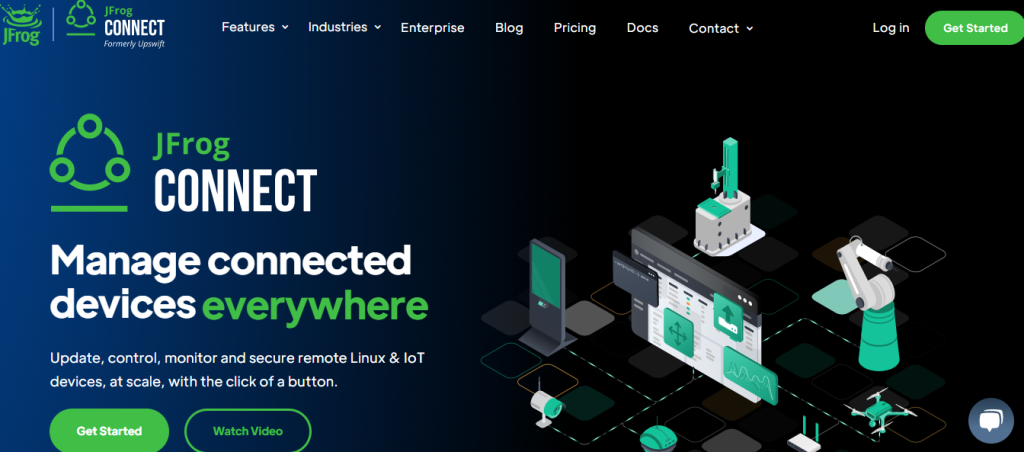There are a few critical steps to build an effective, reliable employee time tracking and management app. Forward-looking companies are increasingly turning to time tracking tools to promote team efficiency, set clear performance objectives, and drive employee accountability. Ultimately, they’re an important tech investment for remote workforces.
However, they’re also a pivotal resource for in-person offices and hybrid teams. As a tech-savvy business owner, there are so many great reasons to build a custom application for your organization.
This way, you can retain your top performers, promote pay accuracy, and manage worker compliance. To get started today, read on to learn how to build your own employee time tracking and management app.
Organize Your Architecture

First and foremost, configure your time tracking software’s underlying architecture. Ultimately, the best architecture will depend on your development goals, application needs, and team constraints. In most cases, a microservices architecture will work best.
This involves separating individual components, like time tracking sheets, attendance reports, and payroll system integrations.
This foundation is known to seriously improve application efficiency, performance, quality, and reliability when properly implemented. Plus, it will streamline fault isolation, eliminate vendor lock-ins, and facilitate rapid scalability.
However, this unique approach can even promote error reduction through smaller, incremental deployments. Surely, architecture planning is crucial to build your employee time tracking and management app.
Select a Software Engineering Methodology
Next, you’ll want to select a reliable development methodology for your employee time tracking and management application. Several popular development models are commonly used on internal software engineering projects. You may want to go with a minimum viable product (MVP) approach.
This means you’ll focus on developing an application quickly, then getting feedback from your internal employees. Another popular method is DevOps. In short, this collaborative strategy combines the efforts of your development and operations teams. This stabilizes development environments, promotes operational agility, and assures continuous software delivery.
Plus, DevOps can shift the development focus, unite teams, and infuse automation. Absolutely, select a software engineering methodology to kick start your employee time tracking app development project.
Configure Your Tech Stack
Now, you are ready to configure your tech stack for time tracking and management app development. A few essential tools are needed to design, develop, and deploy your application.
For example, you may want to use JFrog Connect for device management Linux. This enables you to update, control, manage, and secure remote Linux devices at scale. In fact, you can connect nearly any remote IoT or Linux device in a minute or less.

Ultimately, they serve as a powerful dev solution to maintain a virtual product fleet. Naturally, this will facilitate rapid deployment, streamline access management, and promote IoT device security. They’ll also simplify integration and support precise fault discovery. Certainly, tech stack configuration is critical to build your own employee time tracking software.
Outline Your Feature Set
Once you have all the tools and technologies in place, start thinking about the features and functionalities your application will contain. Generally speaking, every time tracking tool contains a few key features. However, these often involve time tracking, online timesheets, and shift and schedule planning.
Other specialized tools also include project management, payroll processing, and detailed reporting capabilities. Whatever you plan on including, you’ll want to organize all your features early on. This way, you can promote project coordination, facilitate stronger control, and plan all your exciting innovations.
This will help you establish and sustain a competitive advantage in the long run. Definitely, features planning is one of the most important steps to build your employee time tracking and management app.
Understand the Risks
Before diving into employee time tracking app development, you’ll want to understand all the inherent risks. While there are immense benefits for in-house development, several major risks are also. However, since your features will be tailor-made to your current requirements, they may need to be updated in the future.
You’ll need to re-invest time, energy, and resources into existing software updates and upgrades. It’ll also require you to maintain communications with your quality assurance (QA) and implementation team. Of course, this may prohibit you from working on more pertinent, business-centric work.
After all, any deployed software product will require lifelong maintenance. Indeed, risk analysis is crucial to successfully develop an employee time tracking and management app.
Write Your Software’s Code

At this point, it is time to write your employee time tracking software’s code. Coding a custom software application can be a long, tedious, and stressful process.
Fortunately, several tips and strategies help you streamline the process. You’ll want to choose a popular, widely-accepted, and readable language for a start. Currently, some of the most popular are Python, JavaScript, and Google’s Golang. When writing, it also helps to avoid repetition, make comments, and break tasks into smaller chunks.
Moreover, take time to write smart, maintainable, testable, and readable code. Notably, coding is one of the most crucial steps to build a successful time tracking and management application.
There are several vital steps to build your employee time tracking and management app. First and foremost, determine what your architecture will look like. In most cases, a microservices architecture will be best to support your unique programming goals, objectives, and aspirations.
Next, select the most appropriate software development model and methodology for the project. Currently, some of the most popular options are waterfall, agile, scrum, lean, and rapid application development (RAD). Now, you are ready to configure your tech stack with the latest tools, resources, and technologies.
Ultimately, this will help streamline the development process and boost your remote productivity.
After all, this has been completed, and it is finally time to start writing your system’s source code. At this point, it is time to outline all the features and functionalities your new enterprise application will contain.
Before you start building, it is also essential to understand all the inherent risks of custom application development. Follow the highlighted points to learn how to develop your employee time tracking and management app.